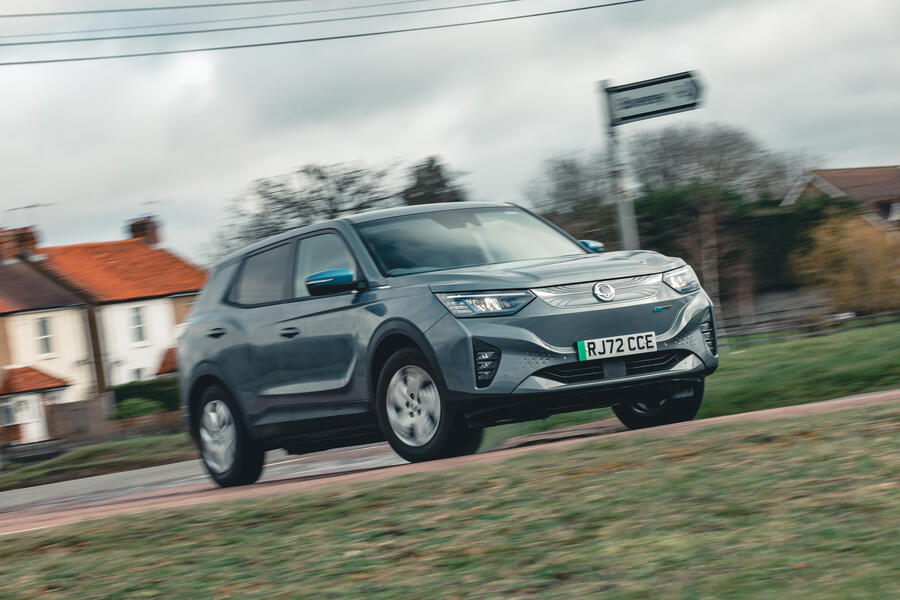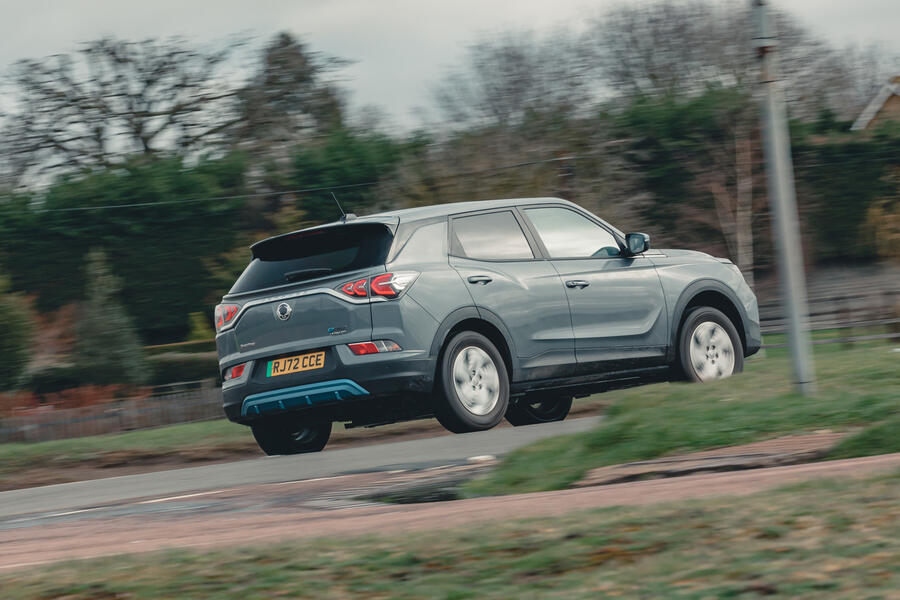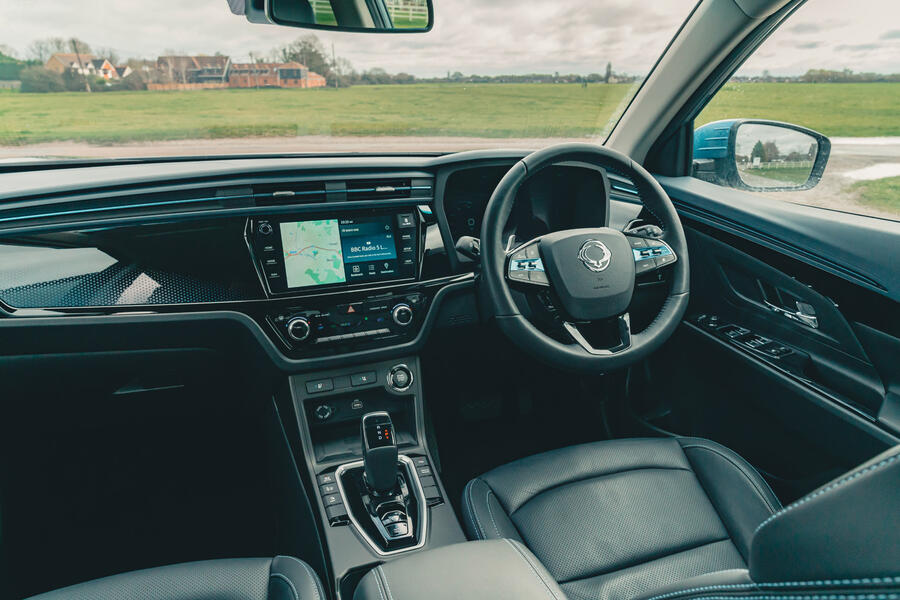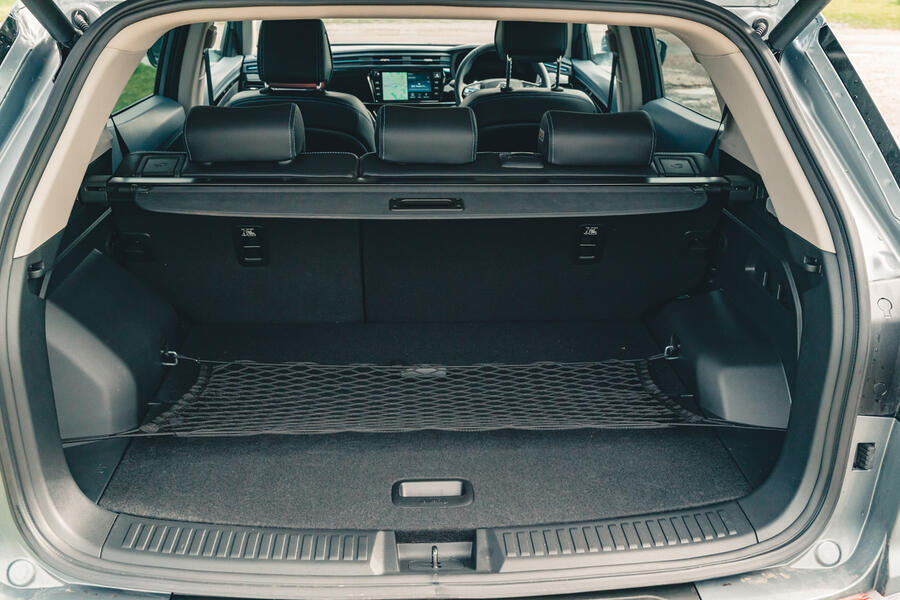Why we’re running it: To see if Ssangyong’s first EV can stand out among a slew of reputable rivals – and show that the firm has a future
Month 1 - Specs

Life with a Ssangyong Korando E-Motion: Month 1
Welcoming the Korando to the fleet - 5 April 2023
Where to start with Ssangyong? After several name changes, near-death experiences and financial takeovers during its 68-year existence, the Korean SUV specialist has yet another new owner. Will the KG Group succeed where Daewoo, SAIC and Mahindra failed? Well, it’s already ringing in major changes, chief among them the brand name, which new boss Kwak Jae-sun says is connected to a “painful image”.
So everyone will have to call Ssangyong ‘KG Mobility’ in future. We will stick with ‘Ssangyong’ over the next three months with its new Korando E-motion, though.
What exactly is the Korando E-motion, then? It’s an electric mid-size SUV, but also a key component of Ssangyong’s future. The Korando name was initially used from 1983 to 2006, then brought back in 2010, and it has come to adorn the firm’s second-best-selling car, behind the smaller Tivoli. The current shape was introduced in 2019 but gained the E-motion variant only last year.
Ssangyong’s first EV, the Korando E-motion is powered by a decent-size battery, at 61.5kWh (55.3kWh of that usable), which officially gives it up to 212 miles of range. A single front-mounted motor produces 187bhp and 265lb ft for a 0-62mph time of 8.5sec. Not the fastest EV around, then, but quick enough for daily driving. And it gives a surprising amount of wheelspin – something that I can’t imagine has been the case with many Ssangyongs before.



Add your comment